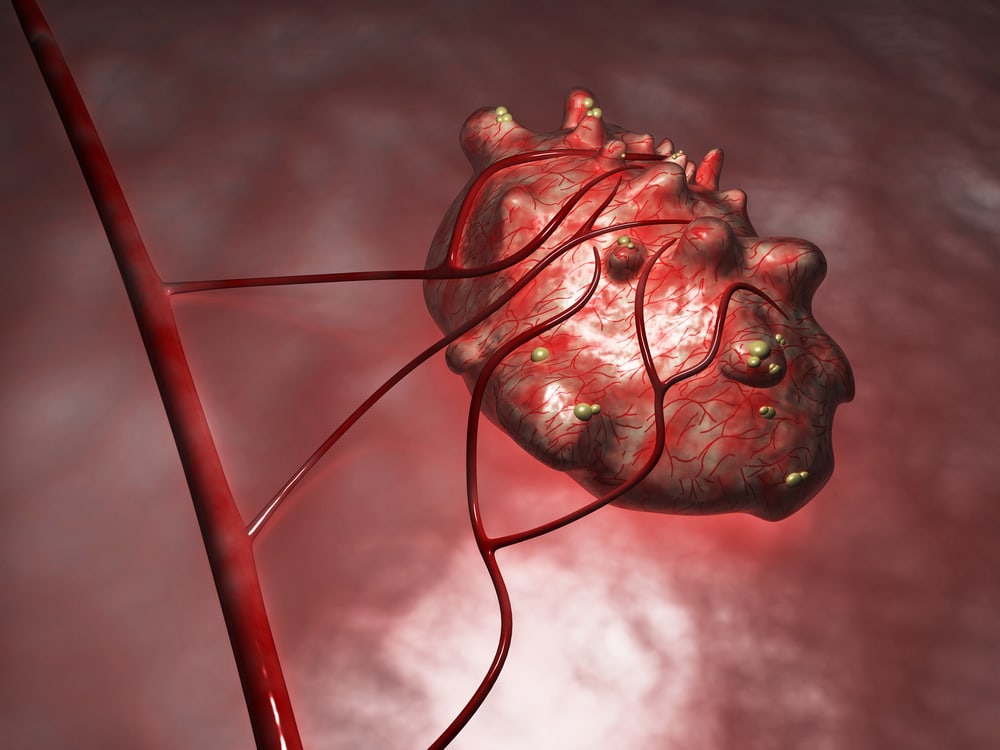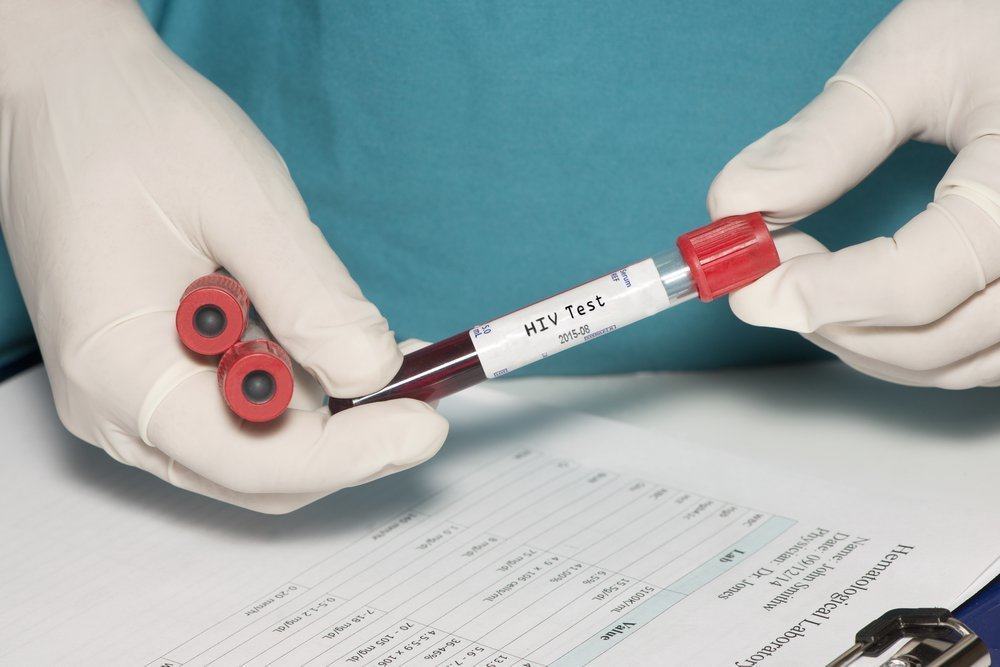Contents:
Medical Video: Ovarian Cysts | Q&A with Dr. Wang
Tumors, myoma and cysts are three things that make you scared after hearing it. It is a nightmare for those of you who are diagnosed to have one of these three things. But, do you know what tumors, myomas and cysts are? Often, people mistakenly assume tumors, myomas and cysts are the same thing. In fact, there are different from the three. What's different and the same from tumors, myomas and cysts?
What is a tumor?
The word "tumor" generally refers to a mass that grows in the body. A tumor is an abnormal tissue mass that contains solids (meat) or fluid. This abnormal tissue can develop anywhere in the body, such as bones, organs, and soft tissue. Tumors in the body can be benign (generally harmless and not cancerous) or malignant (cancer).
Benign tumors are usually only in one place and do not spread to other parts of the body. If treated, most benign tumors will usually respond well. However, if left untreated, some benign tumors can grow larger, causing serious problems due to their size.
Meanwhile, malignant tumors can spread to other parts of the body and are usually resistant to treatment. Malignant tumors are another word for cancer. So, it can cause very serious problems for you.
What is a myoma?
Myoma or myoma or fibroid is a benign tumor that grows in muscle or connective tissue in any part of a woman's uterus. The cause of this myoma in the uterus is unknown. However, several factors that influence its formation are hormones (estrogen and progesterone) and pregnancy in women.
Sometimes, an unconscious woman in her uterus starts to grow myoma because it doesn't cause any symptoms. However, over time this myoma in the uterus can cause vaginal bleeding, abdominal pain, pelvic pain, frequent urination, and discomfort or pain during sex.
If the myoma has caused symptoms, surgical removal may be needed. Myoma generally rarely turns into cancer. Myoma or fibroids that turn into cancer are then called fibrosarcomas.
Is that a cyst?
A cyst is a bag containing fluid, air, or other abnormal material and attaches to the closest organ. Cysts are benign (not cancer) tumors, so the cyst is not dangerous. Generally, cysts do not cause any symptoms. As a result, cysts are allowed to develop, become larger, and can become severe.
Cysts can develop anywhere in your body, such as the liver, kidneys and breasts. However, it develops more frequently in the uterine area, just like the myoma. Thus, women often find it difficult to distinguish between myoma and cysts in the uterus or ovary. In fact, myoma and uterine cysts are clearly different. The difference between myoma and cyst is in its contents. Cysts are formed from fluid that builds up, while myoma is formed from cells that continue to grow so that it becomes flesh grows.
Large, severe ovarian cysts can cause symptoms, such as pelvic pain, irregular menstruation, feeling bloated, and more frequent urination. The cause of the cyst is still unclear. However, hereditary factors, blockages in the ducts that affect fluid outflow, or medical conditions such as polycystic ovary syndrome may play a role in the development of ovarian cysts.












